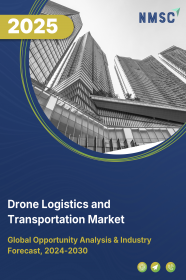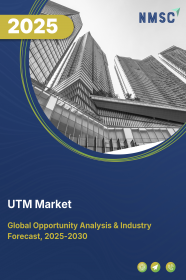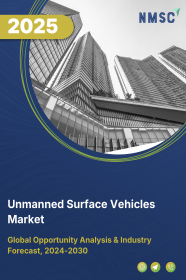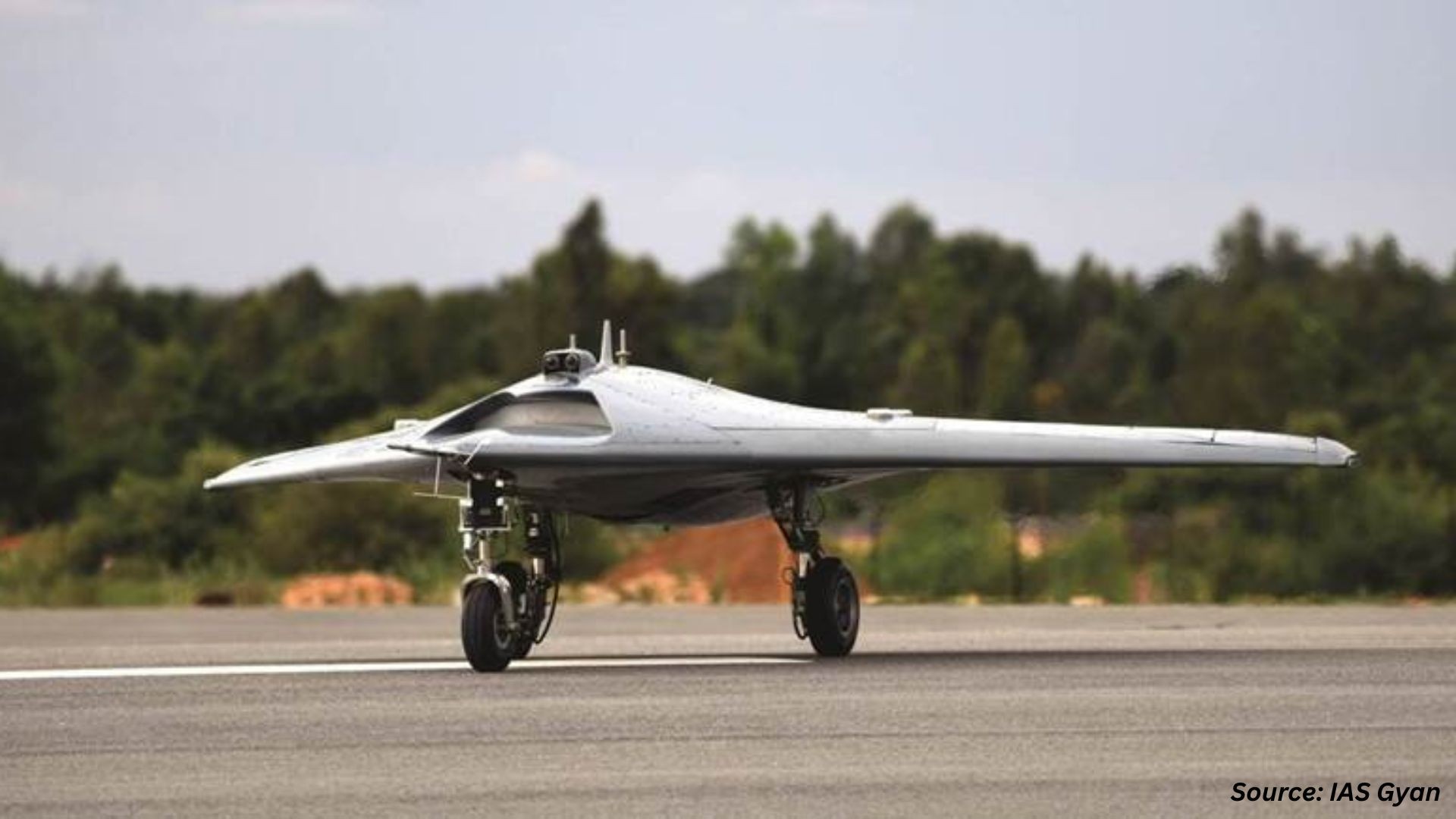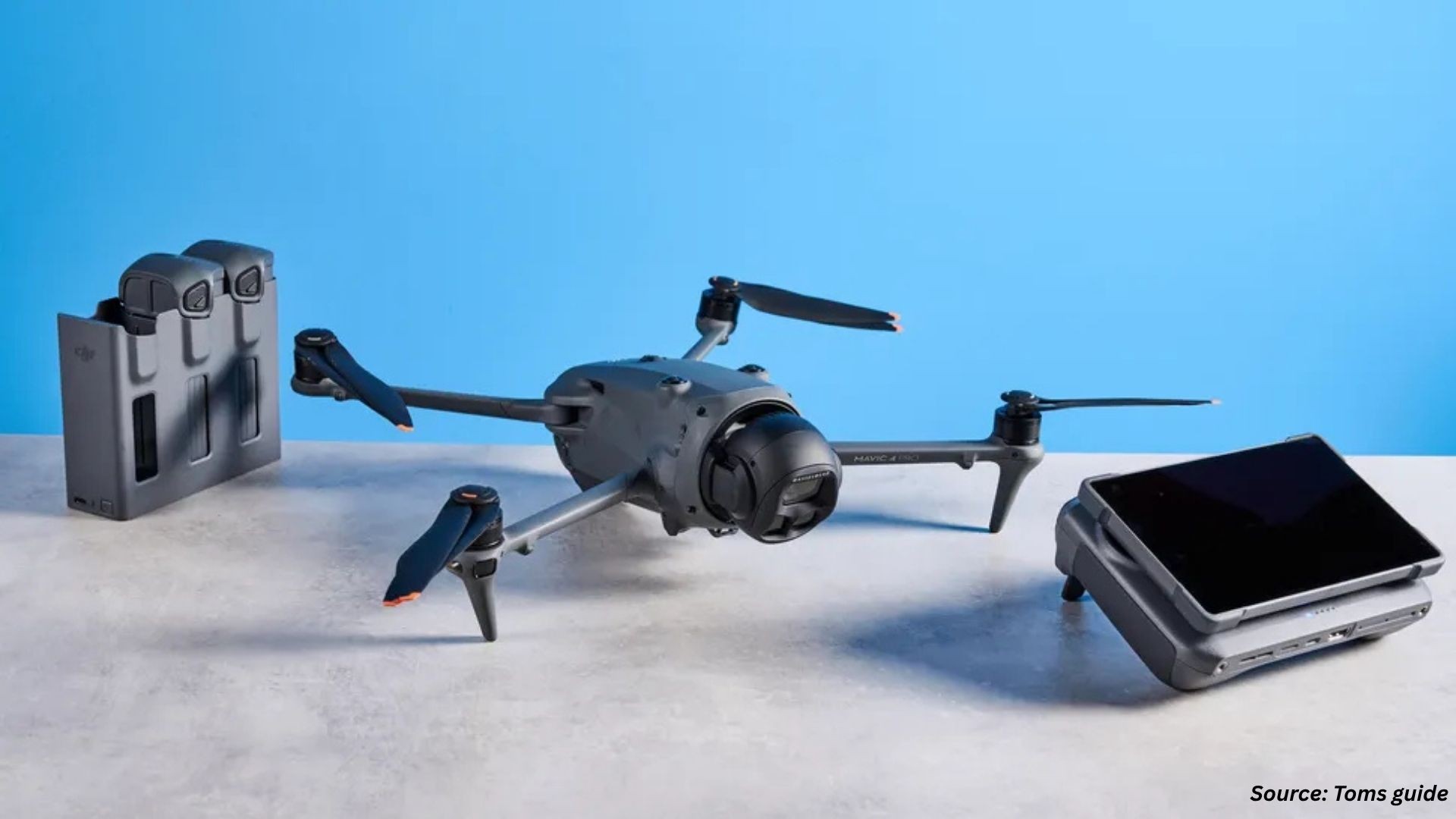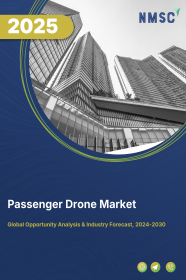
Passenger Drone Market by Component (Airframe, Controller System, Navigation System, Propulsion System, and Others), by Propulsion Type (Hybrid, Fully Electric, and Others), by Technology (Autonomous, Semi-autonomous, and Manual), by Capacity (Single Passenger and Multiple Passengers), by Range (Intracity and Intercity) by Autonomy (Fully Autonomous and Remotely Piloted), by Application (Commercial and Personal) and Others – Global Opportunity Analysis and Industry Forecast 2023-2030
Market Definition
The Passenger Drone Market size was valued at USD 421.15 million in 2022 and is predicted to reach USD 3548.49 million by 2030 with a CAGR of 30.5% from 2022-2030. Passenger drones, also known as autonomous aerial vehicles (AAVs) or flying cars, are aircraft that are designed to carry passengers safely and quickly from one point to another. It consists of a cockpit or flight deck with a seat for the passenger, a propulsion system, and a flight control system that is operated by onboard computers rather than human pilots. Passenger drones generally use multi-rotor technology and are electric-powered, allowing for a quieter and more efficient form of transportation. They are powered by electric motors and use advanced navigation systems to fly safely and efficiently. Passenger drones include features such as multiple rotors, autonomous navigation systems, and the ability to transport up to two passengers. They are a potential solution for urban mobility and could revolutionize the way people commute in the future.
Market Dynamics and Trends
The demand for passenger drones is significantly growing due to the increasing demand for efficient and sustainable forms of transportation particularly in urban areas. Passenger drones are a potential solution for reducing traffic congestion in urban areas as they offer a faster, more efficient, and potentially more sustainable form of transportation.
Moreover, the growing concerns related to the increasing carbon emission produced by the traditional form of transportation are further driving the growth of the passenger drone market. Passenger drones produce very less or no carbon emissions while also reducing the congestion on roads and in airports.
Furthermore, the increasing adoption of passenger drones in the healthcare sector for medical emergencies and evacuation from remote areas is further boosting the growth of the passenger drone market. For instance, in September 2022, Aimour Drones launched a passenger-drones in the healthcare sector by developing a system for medical emergency response in remote areas. Their autonomous drones were used to deliver medical supplies and doctors to provide emergency medical services.
However, the limited payload capacity of passenger drones along with its safety issues in adverse weather conditions are the major factors restraining the growth of the passenger drone market.
On the contrary, the development of autonomous passenger drones along with the integration of 5G and IoT technologies in these drones for navigating and flying without the need for a human pilot is expected to create ample opportunities in the coming years for the passenger drone market.
Market Segmentations and Scope of the Study
The passenger drone market share is segmented on the basis of component, propulsion type, technology, capacity, range, autonomy, application, end user, and geography. On the basis of the Component, the market is divided into the airframe, controller system, navigation system, propulsion system, and others. On the basis of the propulsion system, the market is classified into hybrid, fully electric, and others. On the basis of technology, the market is segmented into autonomous, semi-autonomous, and manual. On the basis of range, the market is divided into intracity and intercity. On the basis of autonomy, the market is segmented into fully autonomous and remotely piloted. On the basis of application, the market is classified into commercial and personal. On the basis of end user, the market is segmented into Individuals, recreational, commercial, military, enterprises, healthcare, and governments. Geographical breakdown and analysis of each of the aforesaid segments include regions comprising of North America, Europe, Asia-Pacific, and RoW.
Geographical Analysis
North America holds the lion share of the passenger drone market and is expected to continue its dominance during the forecast period. The growing environmental concerns, driven by rising carbon emissions from fossil fuel consumption in energy and transportation, is driving the demand for passenger drones which are powered by electricity and emit zero carbon. According to the United States Environmental Protection Agency, greenhouse gas emissions from transportation account for about 27% of total U.S. greenhouse gas emissions, making it the largest contributor to U.S. Greenhouse gas emissions in 2022. Moreover, the growing investment by the government in R&D projects for further advancement in drone technology is driving the growth of the passenger drone market in this region. According to the Federal Aviation Administration of the U.S., the government. invested USD 2.7 million in the R&D of drone research support for emergency disaster response and safe evacuation of people.
On the other hand, Asia pacific is expected to show a steady rise in the growth of the passenger drone market. The growing population coupled with the increasing need for reducing traffic congestion and improving mobility in this region is driving the growth of the passenger drone market in this region. Moreover, the growing use of passenger-carrying drone in military and healthcare is further driving the growth of the passenger drone market in this region. Moreover, the incorporation of drones in the navy for surveillance, reconnaissance, and logistics is contributing towards the growth of the passenger drone market. The passenger drone can be used for evacuation in emergency situations where it is difficult for human beings to reach. For instance, in July 2022, Sagar Defence Engineering launched its passenger drone named Varuna specially designed for the Indian navy. The new drone can carry a payload of up to 130 kgs to up to 25 kilometres of distance and is capable of a safe landing even after a technical snag in the air.
Competitive Landscape
Various market players operating in the passenger drone market include Airbus SAS, Boeing Co, Textron Inc, Guangzhou EHang Intelligent Technology Co. Ltd, Joby Aviation, Volocopter GmbH, Pipistrel Ajdovš?ina, Lift Aircraft, Skydrive Inc, Sagar Defence Engineering, Karem Aircraft Inc., Tecnalia Research and Innovation, Volkswagen, Micor Technology LLC, Varon Vehicles Corporation, and others. These market players are adopting various strategies such as product launches to remain dominant in the passenger drone market.
For instance, in July 2022, Volkswagen China launched its first electric vertical take-off and landing (eVTOL) passenger drone prototype named the V.MO. The new passenger drone features 8 rotors and two propellers for safe horizontal and vertical flight, showcasing the potential of drone technology in revolutionizing future transportation.
Moreover, in May 2021, Guangzhou EHang Intelligent Technology Co. Ltd launched its new passenger drone the VT-30 for long-range intercity transportation flights. The new hybrid passenger drone can travel a distance of up to 300km and is a safe, convenient, efficient, eco-friendly, and intelligent air mobility solution for inter-city travel.
KEY BENEFITS
-
The report provides quantitative analysis and estimations of the passenger drone market from 2022 to 2030, which assists in identifying the prevailing market opportunities.
-
The study comprises a deep dive analysis of the passenger drone market including the current and future trends to depict prevalent investment pockets in the market.
-
Information related to key drivers, restraints, and opportunities and their impact on the passenger drone market is provided in the report.
-
Competitive analysis of the players, along with their market share is provided in the report.
-
SWOT analysis and Porters Five Forces model is elaborated in the study.
-
Value chain analysis in the market study provides a clear picture of roles of stakeholders.
KEY MARKET SEGMENTS
By Component
-
Airframe
-
Controller System
-
Navigation System
-
Propulsion System
-
Others
By Propulsion Type
-
Hybrid
-
Fully Electric
-
Others
By Technology
-
Autonomous
-
Semi-autonomous
-
Manual
By Capacity
-
Single Passenger
-
Multiple Passengers
By Range
-
Intracity
-
Intercity
By Autonomy
-
Fully Autonomous
-
Remotely Piloted
By Application
-
Commercial
-
Personal
By End User
-
Individuals
-
Recreational
-
Commercial
-
Military
-
Enterprises
-
Healthcare
-
Governments
By Region
-
North America
-
U.S
-
Canada
-
Mexico
-
-
Europe
-
UK
-
Germany
-
France
-
Italy
-
Spain
-
Denmark
-
Netherlands
-
Finland
-
Sweden
-
Norway
-
Russia
-
Rest of Europe
-
-
Asia-Pacific
-
China
-
Japan
-
India
-
South Korea
-
Australia
-
Indonesia
-
Singapore
-
Taiwan
-
Thailand
-
Rest of Asia-Pacific
-
-
RoW
-
Latin America
-
Middle East
-
Africa
-
KEY PLAYERS
-
Airbus SAS
-
Boeing Co
-
Textron Inc
-
Guangzhou EHang Intelligent Technology Co. Ltd
-
Joby Aviation
-
Volocopter GmbH
-
Pipistrel Ajdovš?ina
-
Lift Aircraft
-
Skydrive Inc
-
Sagar Defence Engineering
-
Karem Aircraft Inc
-
Tecnalia Research and Innovation
-
Volkswagen
-
Micor Technology LLC
-
Varon Vehicles Corporation




















 Speak to Our Analyst
Speak to Our Analyst



